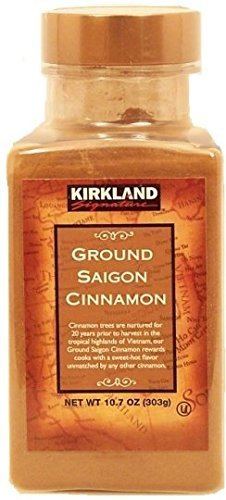Kingdom Plantae Family Lauraceae Scientific name Cinnamomum loureiroi Rank Species | Order Laurales Genus Cinnamomum Higher classification Cinnamomum | |
 | ||
Similar Sugar, Water, Chinese cinnamon, Table sugar, Cinnamon sugar | ||
Saigon cinnamon (Cinnamomum loureiroi, also known as Vietnamese cinnamon or Vietnamese cassia and quế trà my, quế thanh, or " quế trà bồng" in Vietnam) is an evergreen tree indigenous to mainland Southeast Asia. Despite its name, Saigon cinnamon is more closely related to cassia (C. cassia) than to cinnamon (C. verum, “true cinnamon”, Ceylon cinnamon), though in the same genus as both. Saigon cinnamon has 1-5% essential oil in content and 25% cinnamaldehyde in essential oil, which is the highest of all the cinnamon species. Consequently, of the three species, Saigon cinnamon commands the highest price.
The scientific name was originally spelled as Cinnamomum loureirii, but because the species is named after the botanist João de Loureiro, this is to be treated under the ICN as an orthographic error for the correctly derived spelling of loureiroi.
Saigon cinnamon contains the highest amount of coumarin of all the four Cinnamomum species sold as cinnamon, with one study detecting 6.97 g/kg in an authenticated sample.
Production and uses
Saigon cinnamon is produced primarily in Vietnam, both for domestic use and export. The Vietnam War disrupted production, but since the beginning of the early 21st century, Vietnam has resumed export of the spice, including to the United States, where it was unavailable for nearly 20 years. Although it is called Saigon cinnamon, it is not produced in the area around the southern city of Saigon, but instead in the central and Central Highlands regions of the country, particularly the Quảng Ngai Province of central Vietnam.
Saigon cinnamon is used primarily for its aromatic bark, which has a taste quite similar to that of C. cassia, but with a more pronounced and complex aroma.
In Vietnamese cuisine, Saigon cinnamon bark is an important ingredient in the broth used to make a noodle soup called phở.
